On October 13, 2024, SpaceX achieved a major milestone in its Starship development program with the successful launch of Starship Flight 5 from the Starbase facility in Boca Chica, Texas. SpaceX took steps to reach its ambitious objective through test flights. The strategy was to make space travel affordable, sustainable, and accessible for a wide range of research projects.
The mission marked a milestone for the company, which has long sought to develop fully reusable rockets capable of carrying large payloads and human crews to extraterrestrial destinations, such as the Moon, Mars, and beyond.
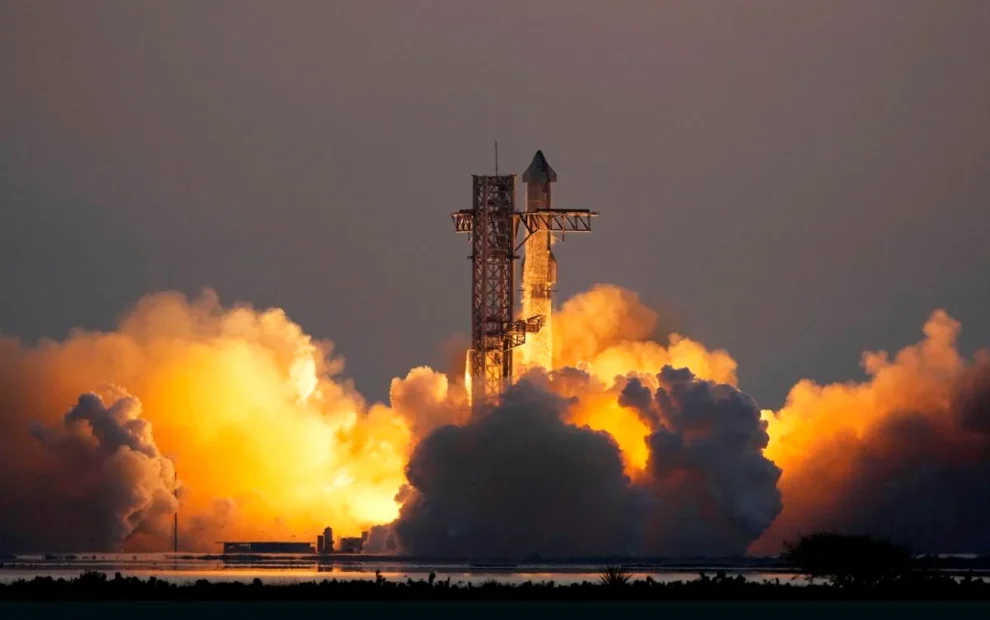
First Successful Super Heavy Booster Recovery
The highlight of Starship Flight 5 was the Super Heavy Rocket Booster, the lower stage of the two-stage Starship system. For the first time, SpaceX successfully captured the booster mid-air using a large mechanical arm. This eliminates the need for a hard landing, ensuring that the booster remains intact and ready for rapid redeployment.
This approach is an important step toward SpaceX’s ultimate goal: a rocket that can be launched and recovered as quickly as an airplane, reducing the company’s overall mission costs by minimizing turnaround and return times. This innovation makes deep space travel more commercially viable.
Read this also: Elon Musk’s SpaceX Now Dominates Global Satellite Network with Plans for Massive Expansion
Enhanced Starship Design and Upgrades
Starship Flight 5 also added significant improvements to the Starship vehicle itself, making it a far more capable spacecraft compared to previous iterations, with its heat shield being a notable improvement. Engineers have spent more than 12,000 hours working to rebuild and upgrade the thermal protection system that plays a vital role in protecting the spacecraft during reentry.
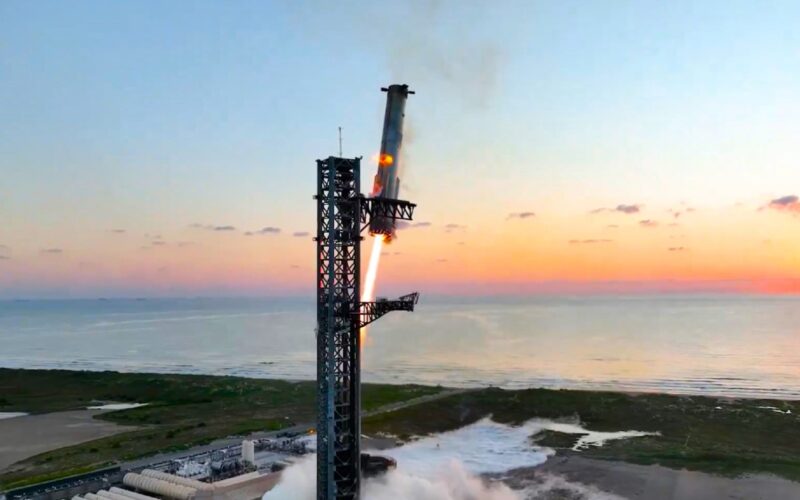
The improved heat shield is particularly important for the Starship to survive the extreme heat from deep space missions, such as the Moon or Mars; this improvement was successfully tested on a previous test flight and will serve as the basis for future long-range spaceflight missions.
A Legacy of Iterative Test Flights
The development journey leading to Starship Flight 5 has been steady. In April 2023, Starship’s first test flight ended prematurely without separating the rocket stages. Although this initial test was terminated, SpaceX has continued to refine its technology and systems with subsequent flights.
Read this also: SpaceX Achieves a Historic Milestone with Polaris Dawn Mission on September 10, 2024
By Flight 4 in June 2024, SpaceX addressed technical challenges and achieved orbital speed. The Starship landed safely, revealing a functional design that could eventually be fully reused. Flight 5 built on this success, taking the decisive next step to demonstrate booster recovery and upgraded systems, showcasing SpaceX’s ability to continue improving.
Key Role in NASA’s Artemis Program
As SpaceX moves forward with Starship development, it will continue to play a key role in NASA’s Artemis Program, which aims to return humans to the Moon by 2026. Ongoing success in test flights such as Starship Flight 5 is key to getting the spacecraft ready for this massive mission.
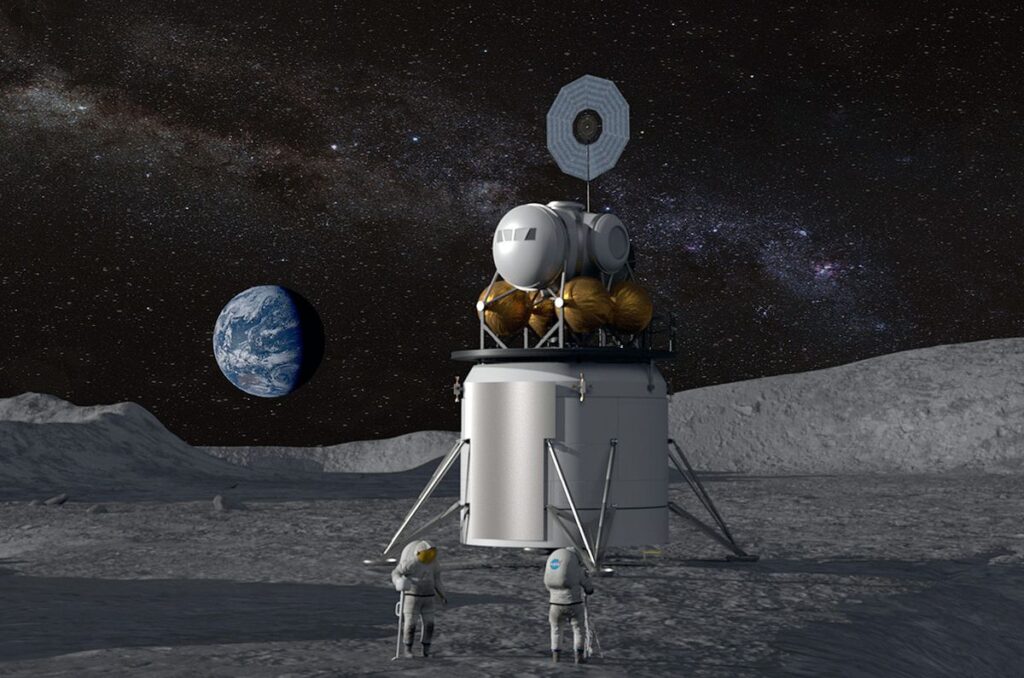
In addition to lunar aspirations, the Starship is also designed for future Mars missions. The program’s ability to rapidly develop through continuous testing and improvement gives NASA and SpaceX the confidence to meet the ambitious timelines for exploring the Moon and Mars.
Overcoming Regulatory Challenges
While the technological advances have been impressive, SpaceX has had to overcome several regulatory hurdles to keep the program on track. The Federal Aviation Administration (FAA) delayed approval of Starship Flight 5 due to changes in rocket design and environmental reviews. These legal challenges delayed the flight for two months and highlighted the challenge of balancing innovation with regulatory compliance.
Read this also: Neuralink ‘Blindsight’ Implant Receives FDA Breakthrough Device Designation
But SpaceX is determined to move forward, continuing to advocate for a more flexible approval process. The time needed for regulatory review often exceeds the rocket’s own technological development, the company said, creating friction between innovation and regulation. Despite these obstacles, the company launched, cementing its status as a leading force in the aerospace industry.
Towards the Future of Human Space Exploration
With Starship Flight 5, SpaceX continues to push the boundaries of what is possible in space travel with its successful launch and recovery. The company’s vision extends beyond Earth orbit, with plans to provide space for government and commercial entities. By unveiling a fully reusable rocket system, SpaceX is laying the groundwork for a future in which permanent travel to the Moon, Mars, and beyond can be a reality.
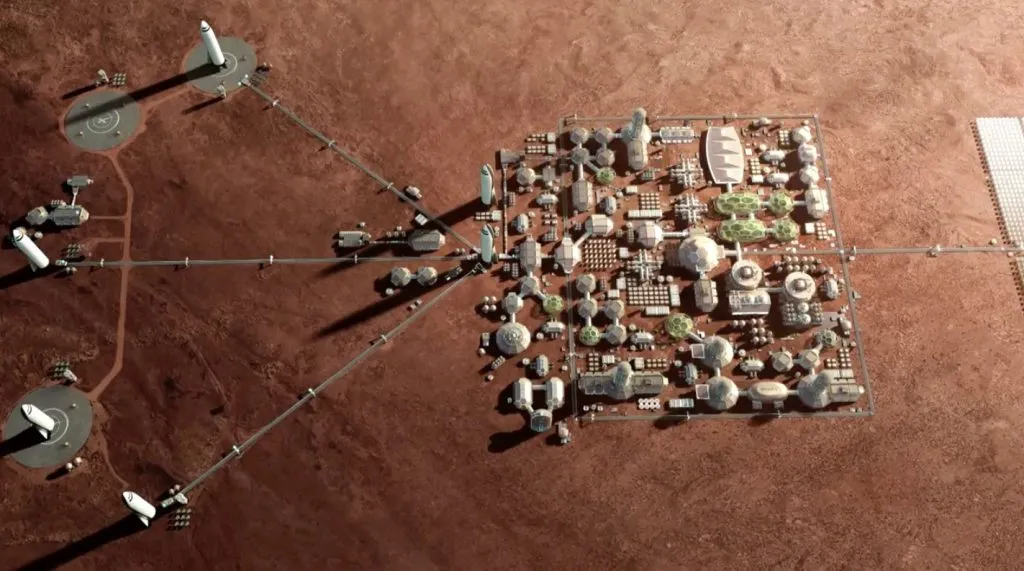
Looking ahead, SpaceX’s goal is to build more frequent and reliable Starship test flights, bringing each spacecraft closer to viable readiness for crewed multiplanetary missions. As the dream of colonizing Mars moves closer to reality, Starship Flight 5 is a promising step for the future of human space exploration.

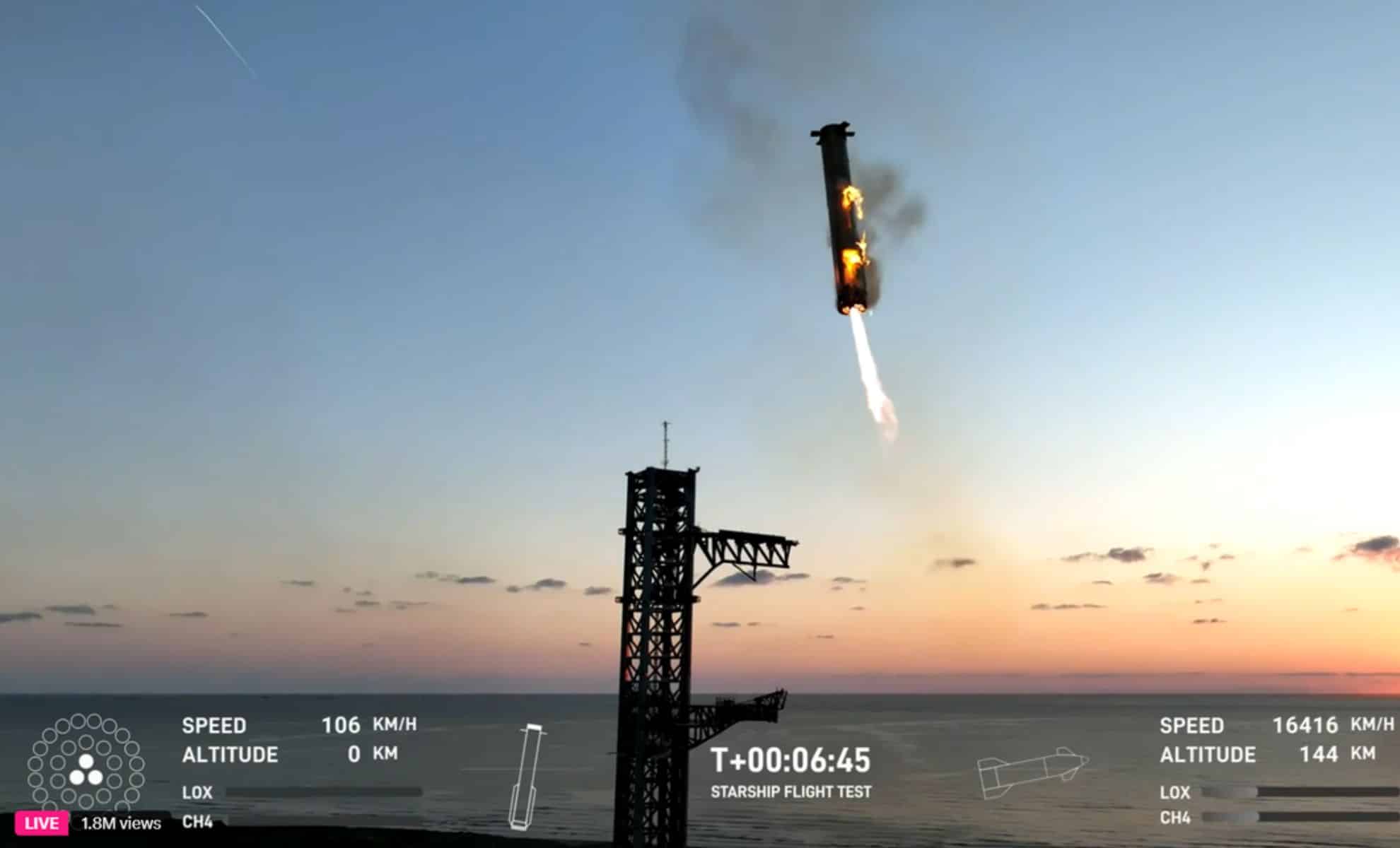
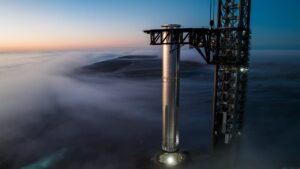

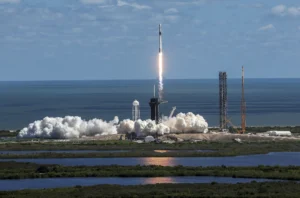




[…] Read this also: SpaceX Achieves Major Milestone with Successful Starship Flight 5 Launch and Booster Recovery […]
[…] Read this also: SpaceX Achieves Major Milestone with Successful Starship Flight 5 Launch and Booster Recovery […]